The Velociraptor is a small carnivorous dinosaur. It lived 80 million years ago. You can color the Velociraptor’s body beige, belly, and the area around its eyes yellow ochre.
It was a dinosaur hunter and very intelligent when it comes to dinosaurs. Also, it was a carnivorous dinosaur that was very fast. Would you please print and color these free coloring pages now? Happy coloring.
Free Velociraptor Coloring Pages
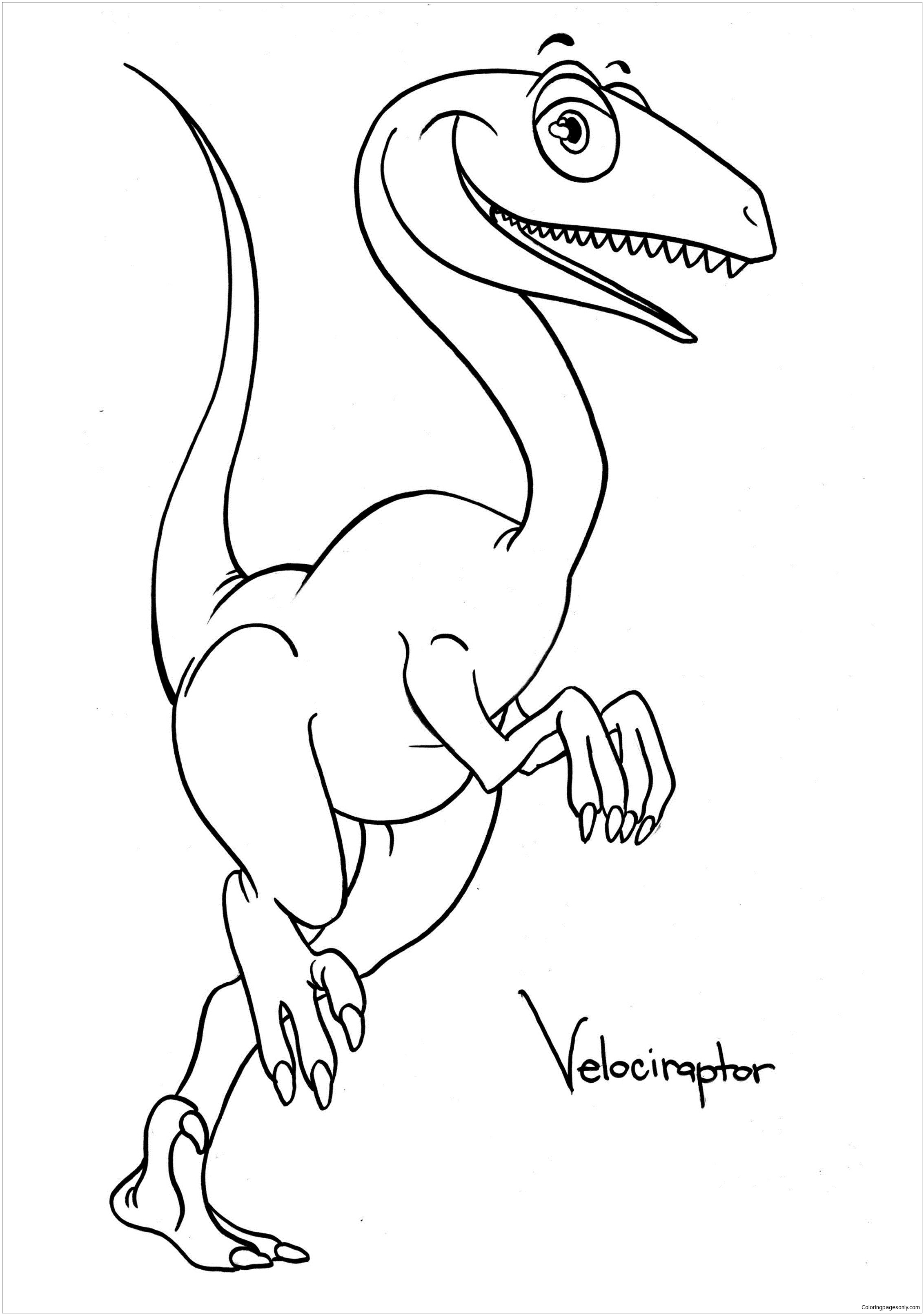
baby velociraptor coloring pages 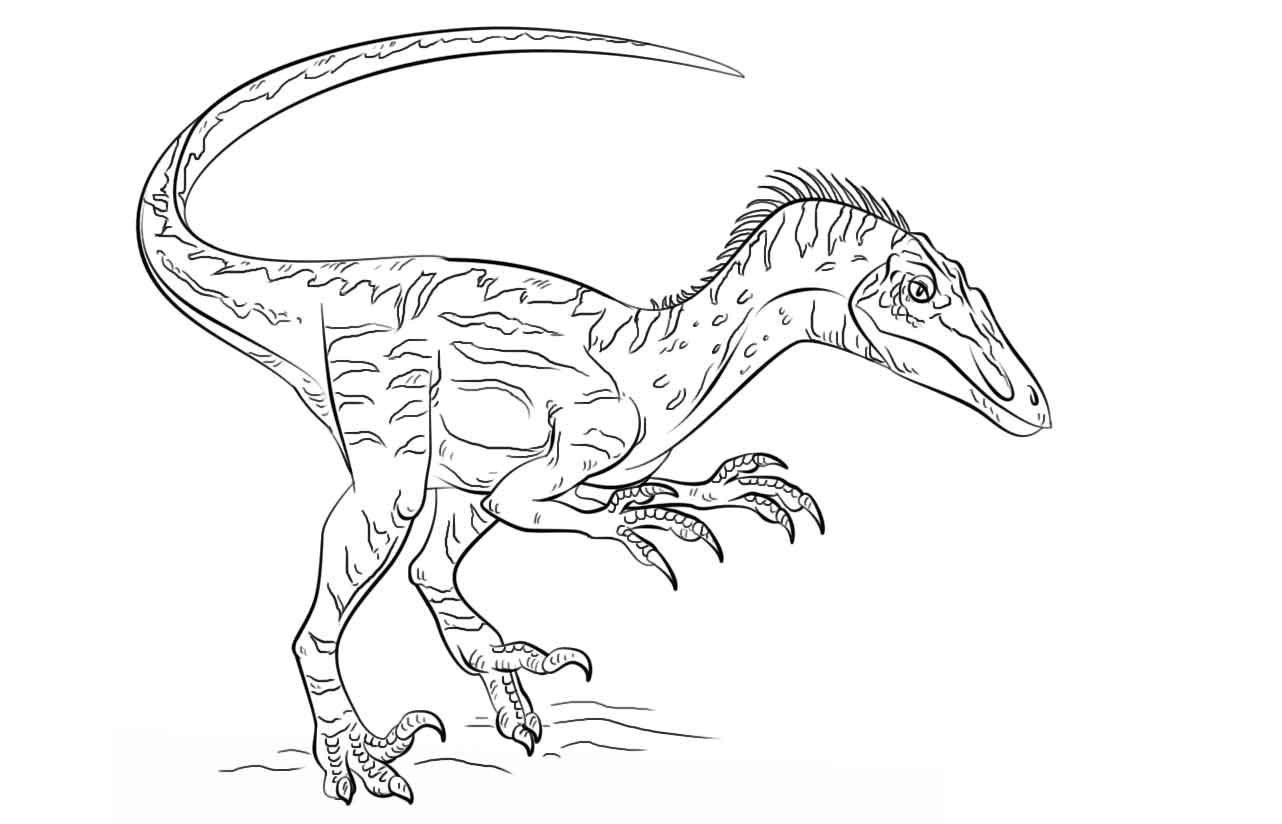
coloring pages of velociraptor 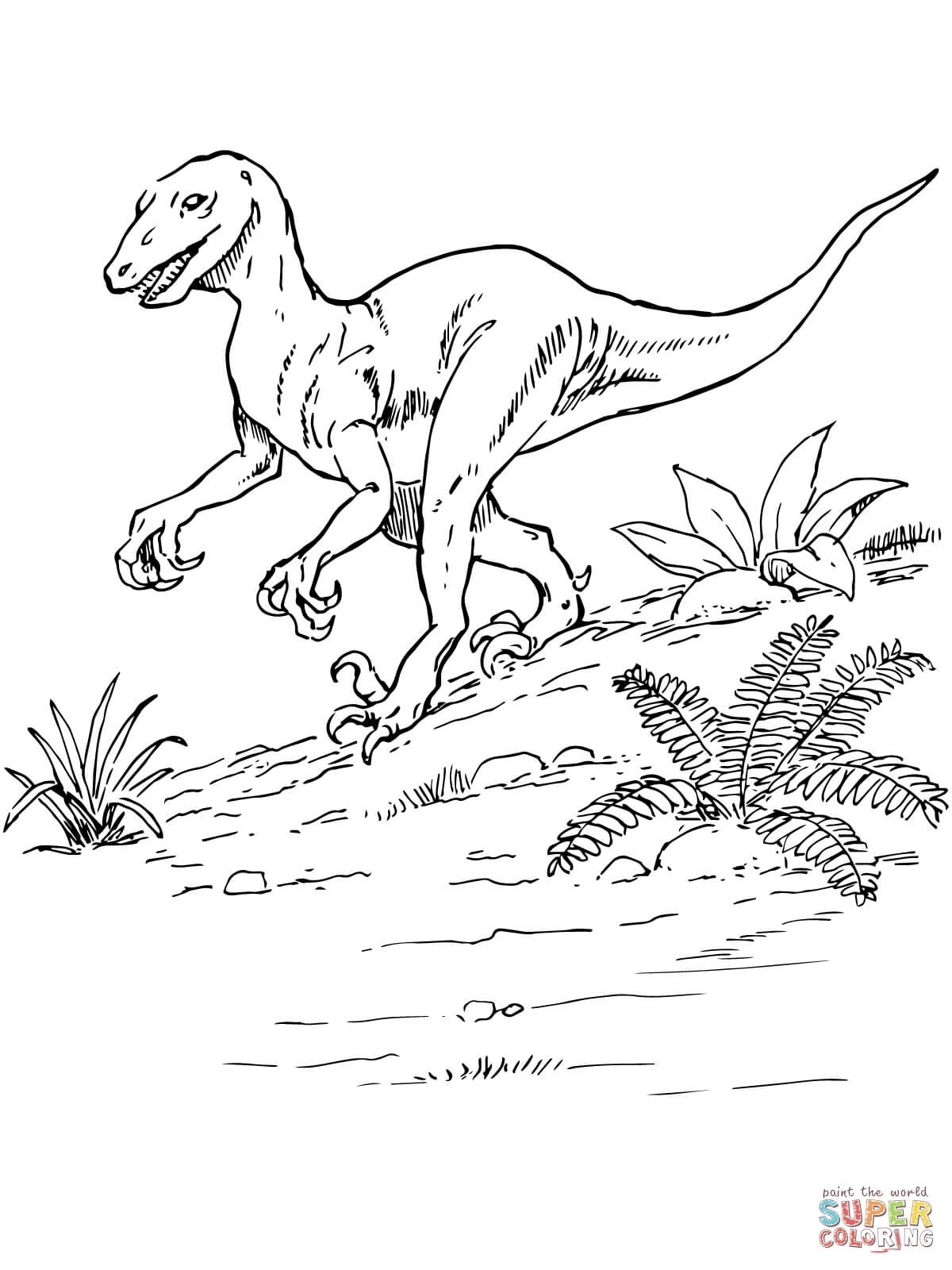
jurassic park raptor coloring pages fresh printable coloring pages decorative troodon coloring page th 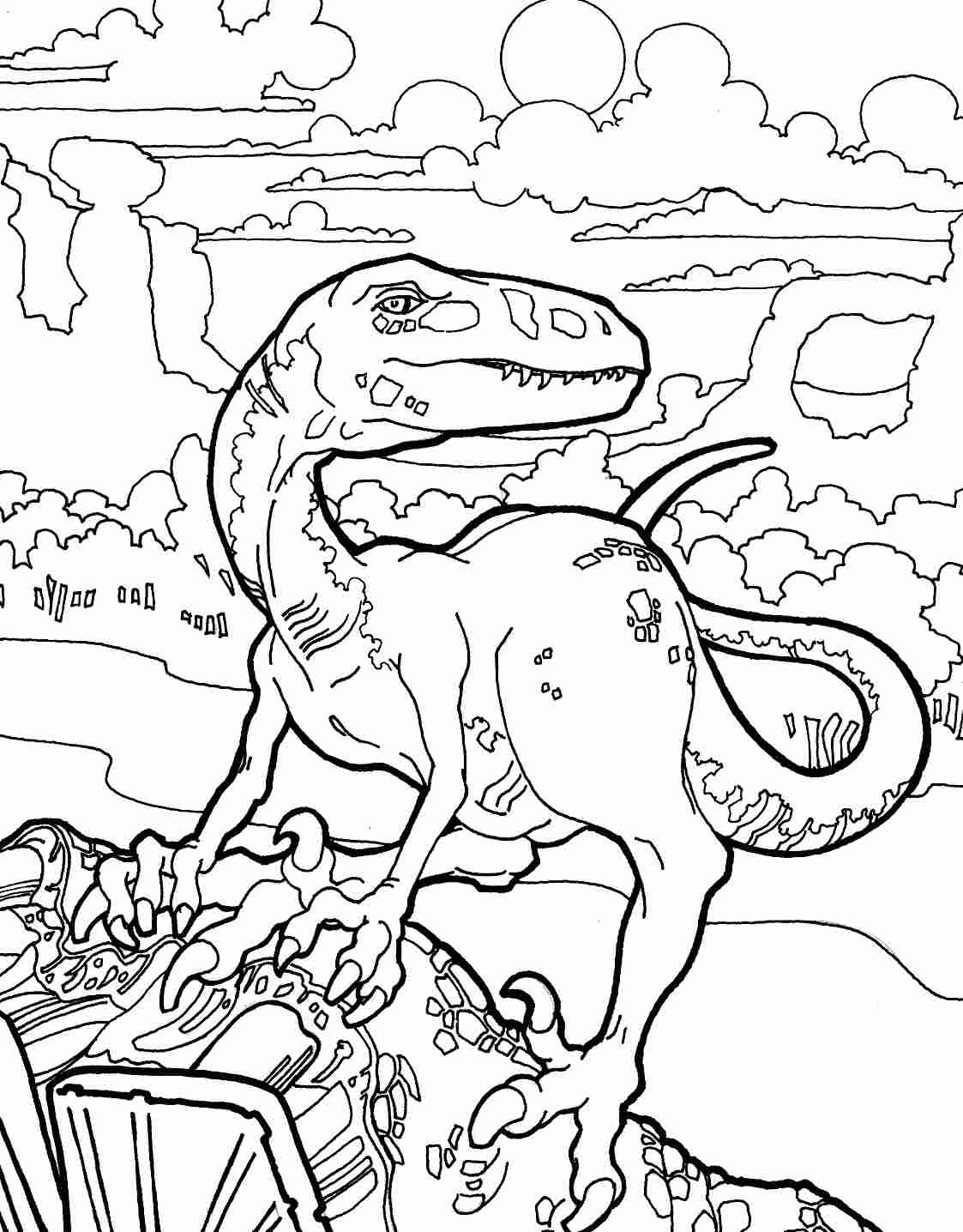
jurassic park velociraptor coloring pages 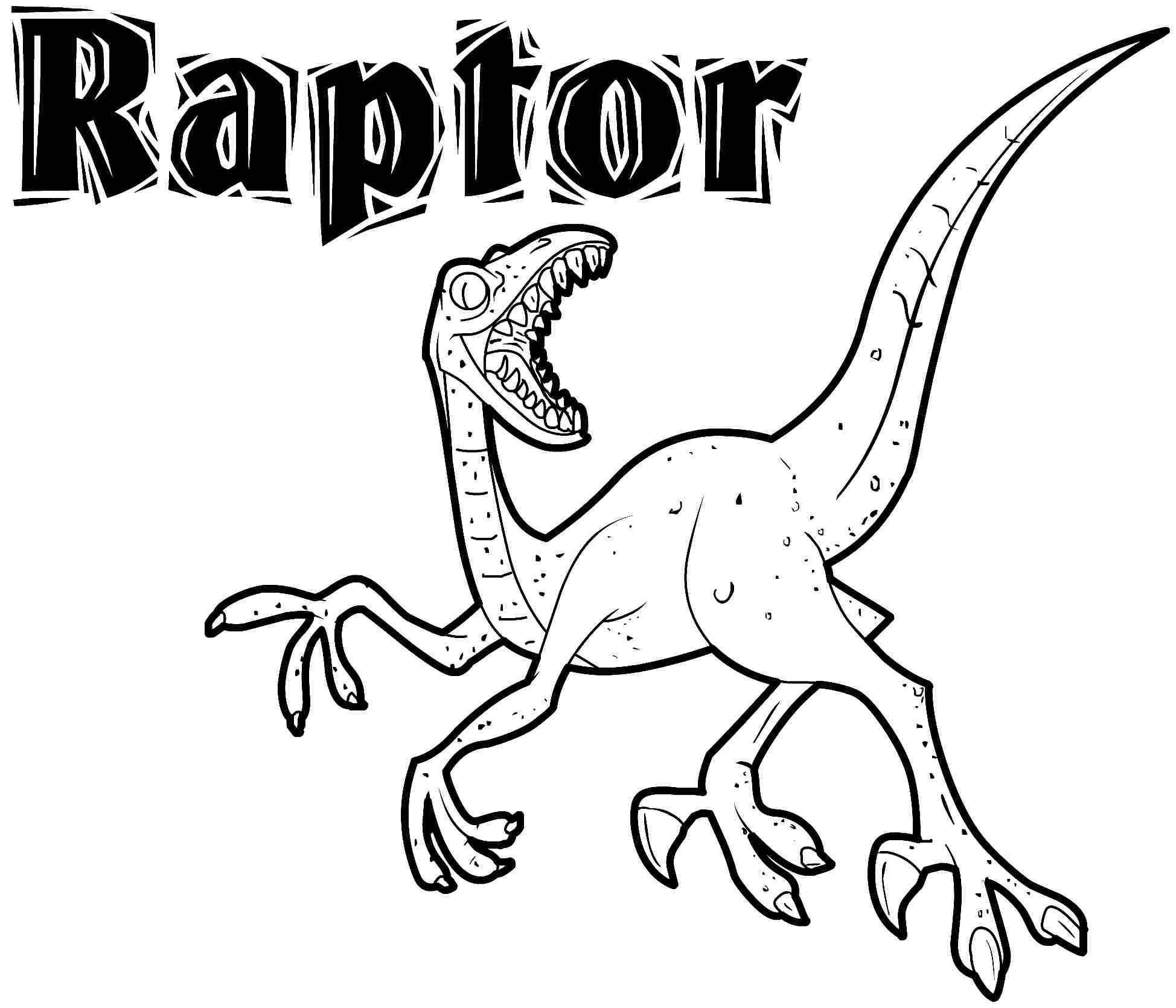
jurassic world velociraptor coloring page 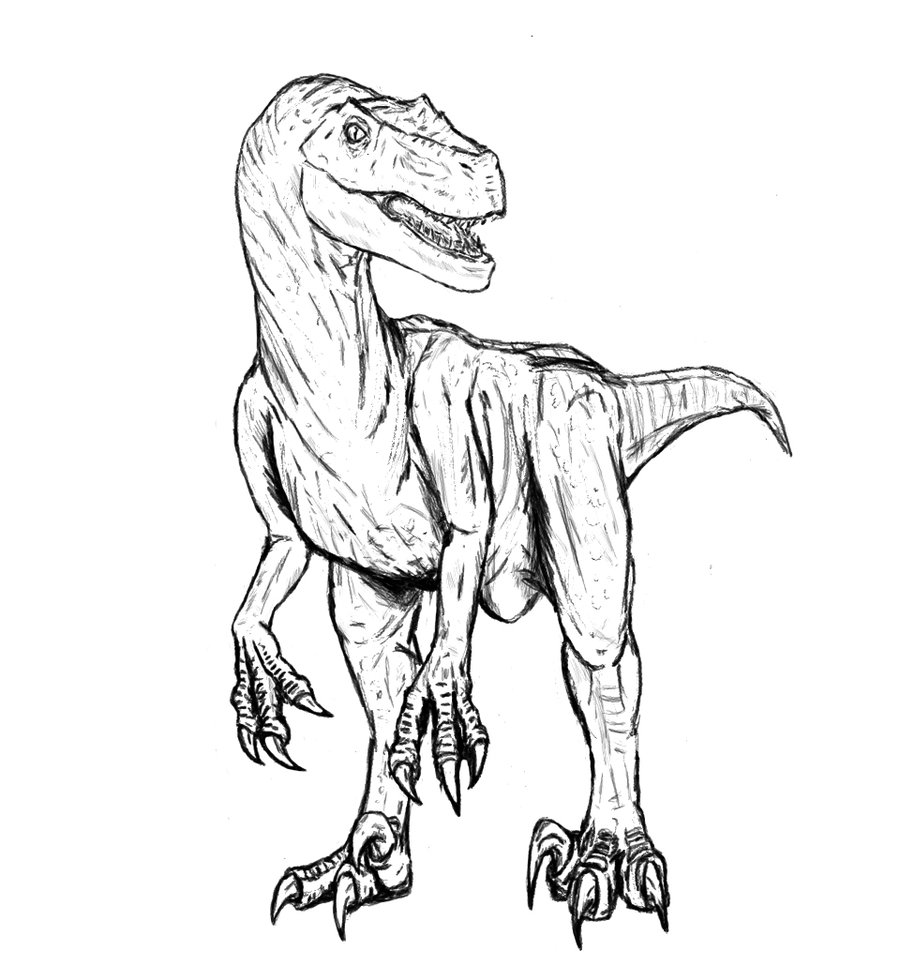
jurassic world velociraptor coloring pages 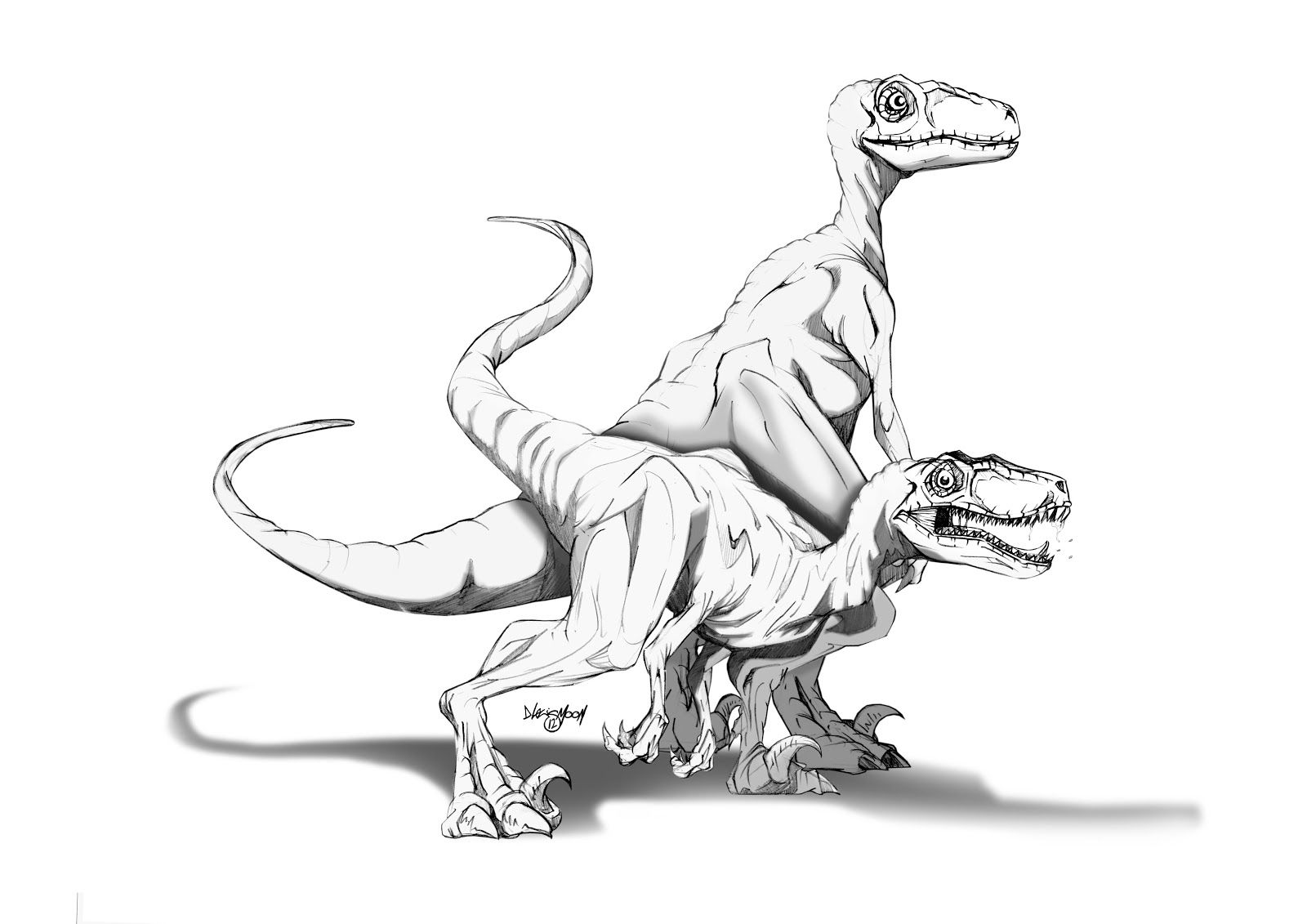
realistic velociraptor coloring pages 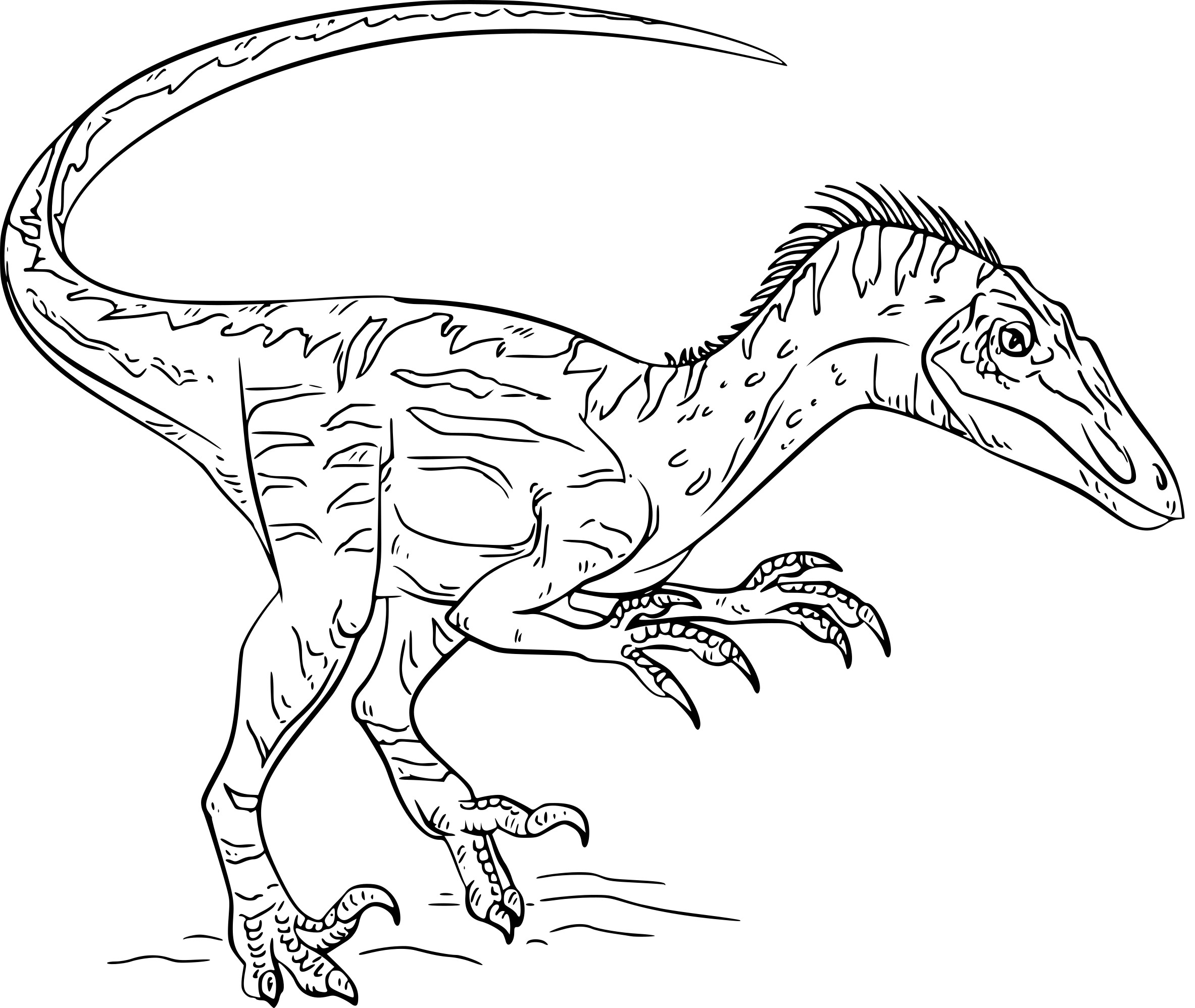
velociraptor blue coloring pages 
velociraptor coloring page free 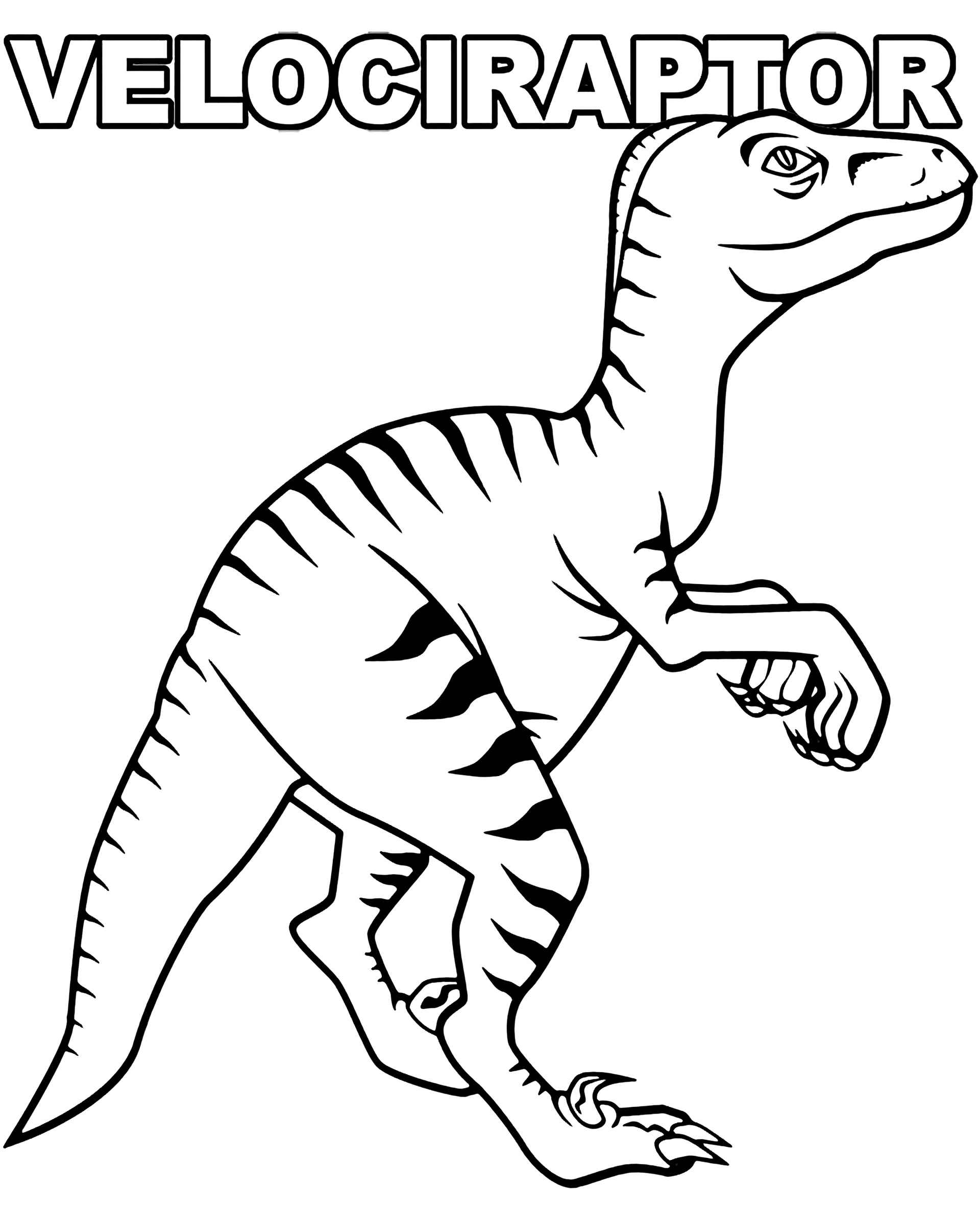
fast dinosaur velociraptor 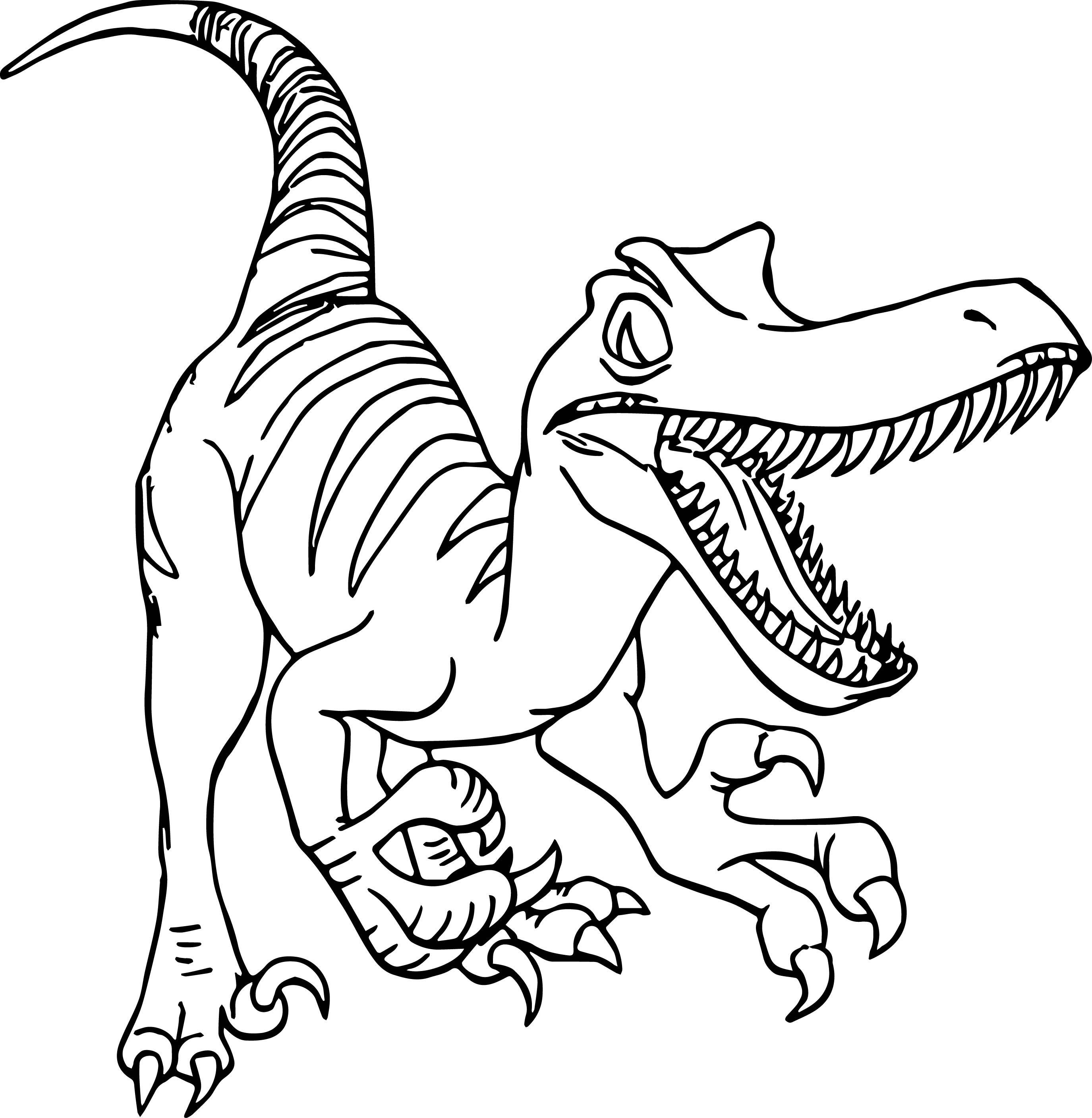
raptor coloring pages raptor disney dinosaur coloring page 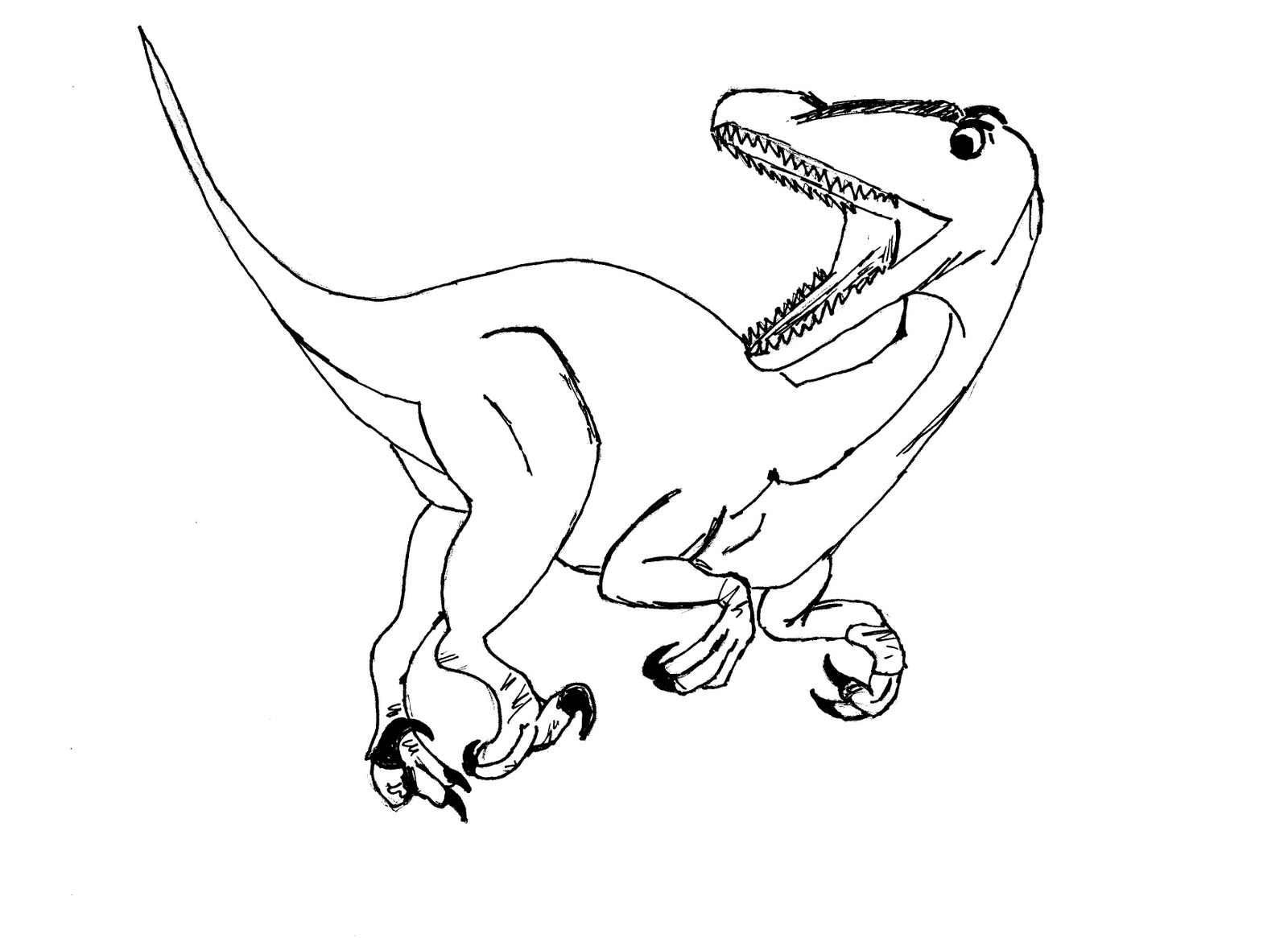
velociraptor coloring pages 
velociraptor coloring picture 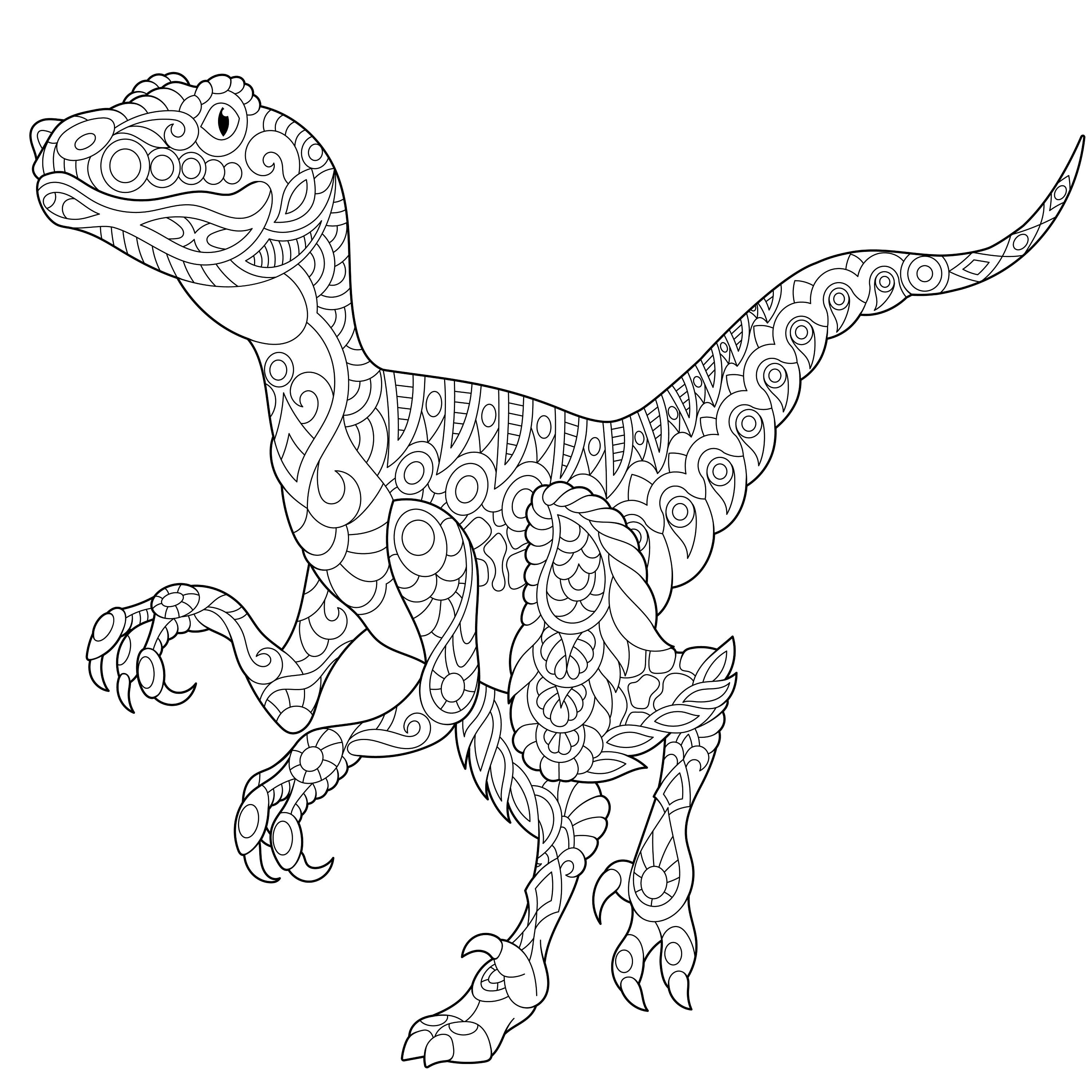
velociraptor coloring sheet 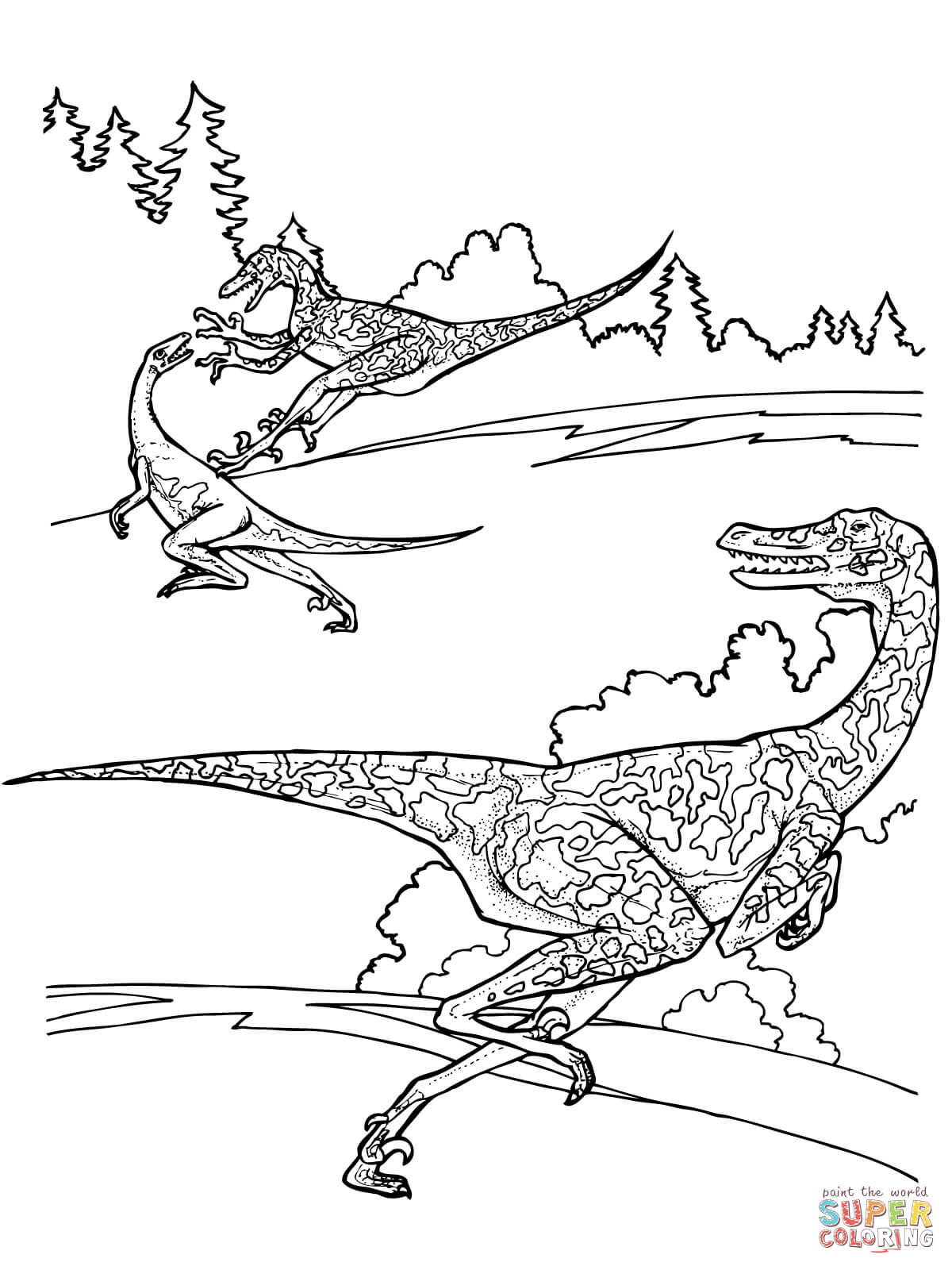
velociraptor colouring in pages 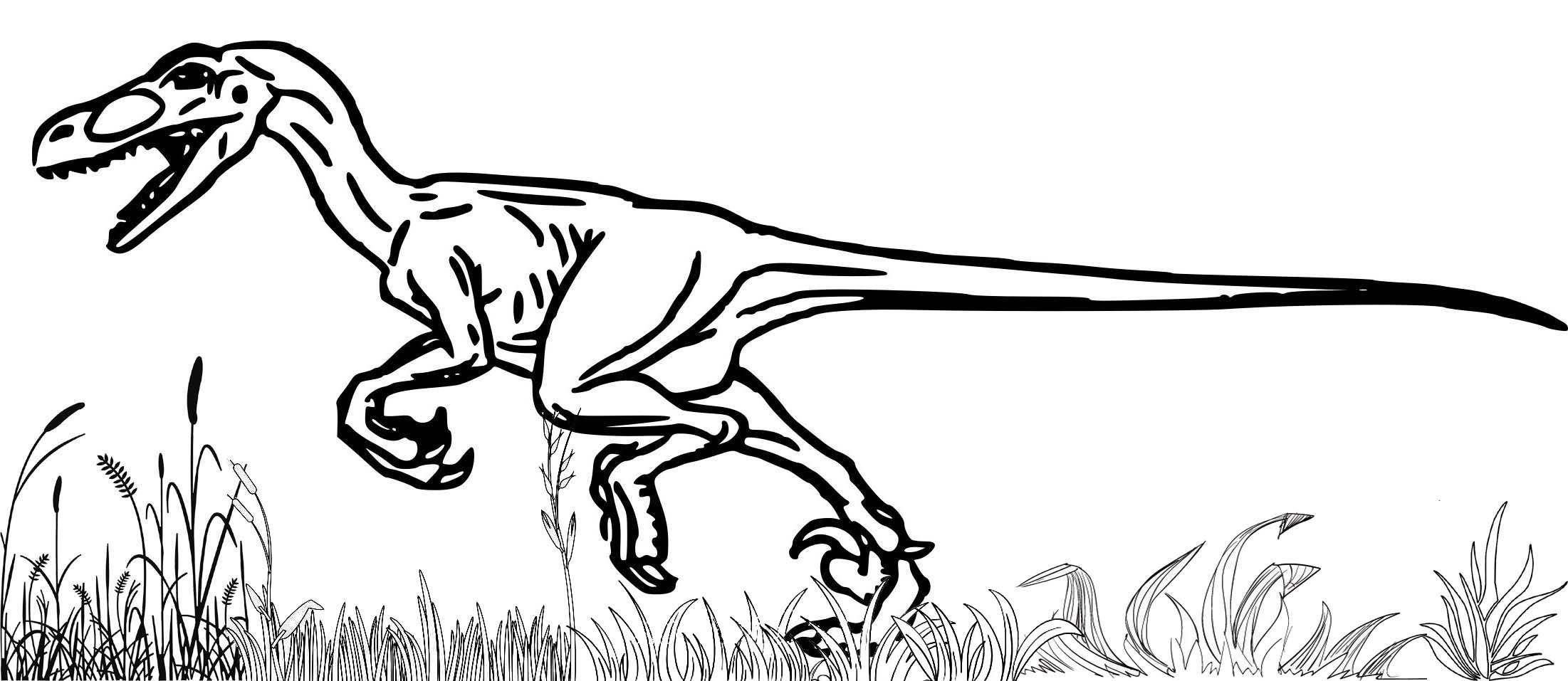
velociraptor colouring pages
The Velociraptor is a small bipedal dinosaur belonging to the dromaeosaurid family. Whose other representatives are sometimes called “raptors”.
They are attached to the coelurosaurians, a super-family included in the theropods, including many carnivorous dinosaurs. Its name comes from the Latin words “Velox” (fast) and “raptor” (thief).
There are two species: Velociraptor mongoliensis and Velociraptor osmolskae, discovered in 2008. These tiny dinosaurs lived in forests or semi-arid areas of Central Asia.
It was about 2 meters long (including tail) and 70 cm high and must have weighed about 15 kg.
The Velociraptor appeared in the middle of the Jurassic (about 164 million years ago) and survived until the end of the Cretaceous (70 million years).
The animal, therefore, lived for about 100 million years. The geological period of the Cretaceous ended with the disappearance of the living species on Earth, including the dinosaurs.
This mass extinction would be due to the collision of the planet with an asteroid measuring twelve kilometers in diameter and whose point of impact would be located in the current peninsula of Yucatán in Mexico.
Velociraptor is distinguished from other dromaeosaurids by a relatively large and flathead (about 23 centimeters). Its long, narrow snout accounted for about 60 percent of the total length of its skull.
The dinosaur had powerful jaws with about 80 sharp, widely spaced, serrated teeth. Its brain was relatively large in proportion to its size. Its morphology suggests that it had a three-dimensional vision.
As with many theropods, its hand had only three relatively robust fingers ending in large sharp claws.
The Velociraptor’s tail, stiffened by bony tendons, was inflexible, which allowed it to remain in balance when running and jumping. The rigidity of its tail also helped it to stand up to catch prey.
The biped moved on its hind limbs equipped with three claws, one of which was large (15 centimeters) and curved and mobile. It is said that Velociraptor could reach 60 km/h, making it one of the fastest dinosaurs of its time.
According to paleontologists, the carnivore spent most of its time eating small animals: reptiles, amphibians, insects, small mammals. The animal probably also ate small dinosaurs: tylocephali, oviraptors, gallimimus, or saurolophus.
Its clawed hands formed a very effective hook to grasp its prey firmly. But its fatal weapon remained its back legs equipped with a retractable sickle heel:
The Velociraptor generally kept its talons folded like knives and, in the same way as the raptors, used them to prevent its victims from escaping. It used its rigid tail to stand up and dig its claws into the victim’s flesh.
The most famous discovery in the world dates back to 1971 in the Gobi Desert. It was a fossilized battle scene between a velociraptor and a protoceratops.
A velociraptor can be seen hugging a protoceratops and preparing to tear it apart on the well-preserved remains. But the opponent also had an effective weapon: a large parrot beak with which he pierced his rival’s chest before dying.